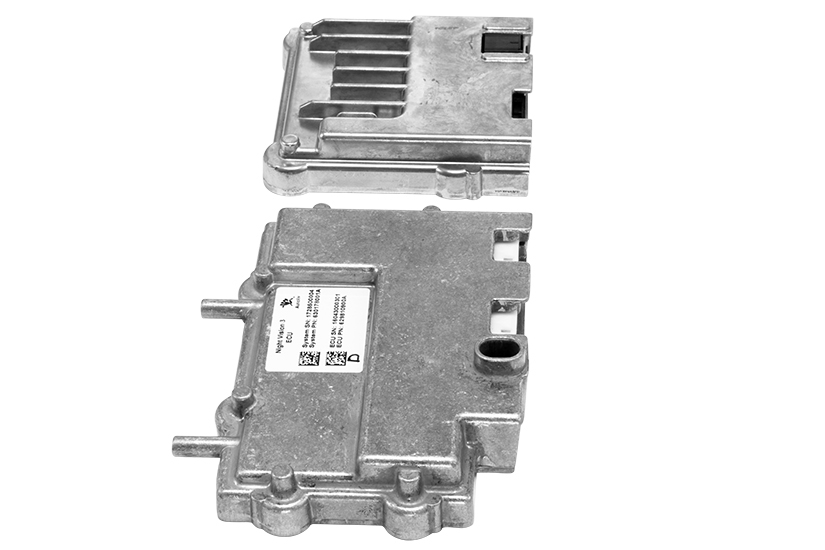Thermal Sensing

Magna’s world-leading thermal sensing systems detect pedestrians and animals, and help drivers see up to four times the headlight range. Our next generation system adds new features including support for Automatic Emergency Braking.
The system uses an infrared video camera mounted in the front of the vehicle, sensitive to temperature differences of less than 1/10th of a degree, to create a highly detailed thermal image of the roadway scene. Our world class algorithms detect animals, pedestrians, and cyclists more than 100 meters ahead of the vehicle to alert drivers of such hazards. The algorithms can run in a dedicated ECU or be hosted by an OEM’s central compute unit (CCU).
Real-time thermal video gives a driver visibility of the roadway and environment ahead, even in total darkness. Thermal sensing can also provide visibility through fog, smog, and smoke. Since thermal cameras do not “see” visible light, the system is not affected by the headlights of oncoming vehicles or glare from the sun.
Largest, Most Experienced Supplier
Since 2005, we have fielded over 1 million Night Vision systems on 50 vehicle lines. As the market leader, with greater than 98% market share, we continue to innovate by developing better, smaller, lower cost thermal cameras and exciting new features.
Our systems exceed current NCAP requirements for nighttime pedestrian crash avoidance and can enhance NCAP ratings by enabling better nighttime automatic braking. Thermal cameras also provide an essential sensing modality for safe autonomous vehicle operation.
Features
- Object Classification
- Pedestrians
- Animals
- Vehicles
- 2-Wheeled Vehicles
- General Objects
- Enhanced Automated Emergency Braking
- Improved Forward Collision Avoidance
- Day/Night Operation
- Object Spotlighting (Now Available in US)
- Road Edge Classification
- Freespace

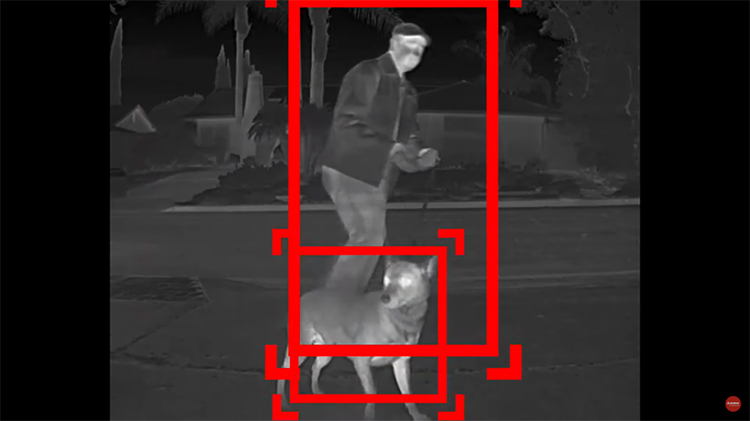
Cameras & ECU
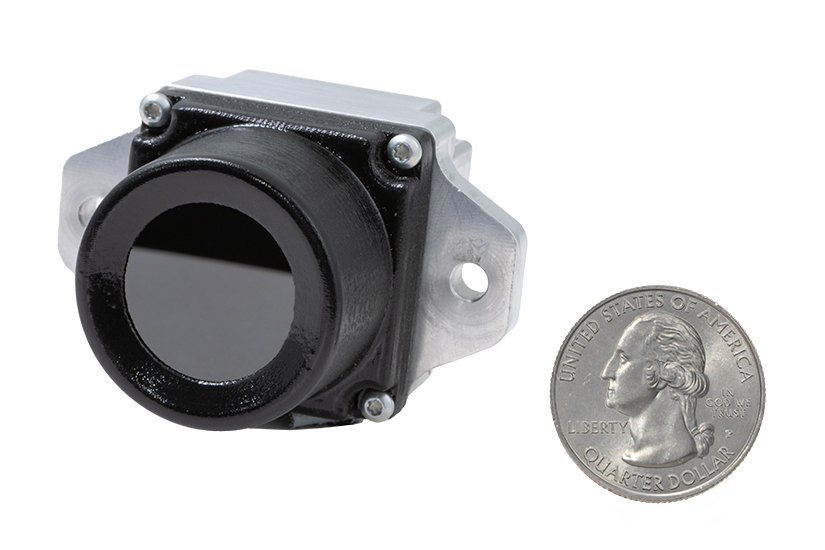
Thermal Camera Gen. 5
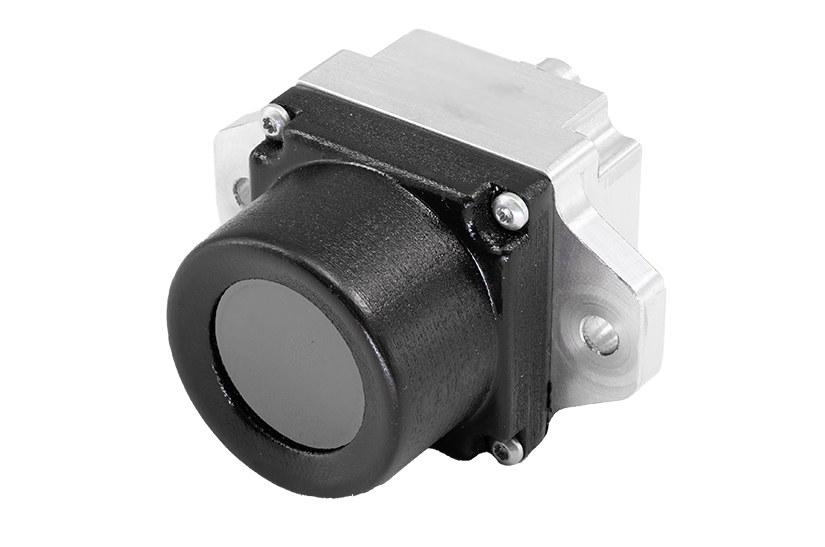
Thermal Camera Gen. 5
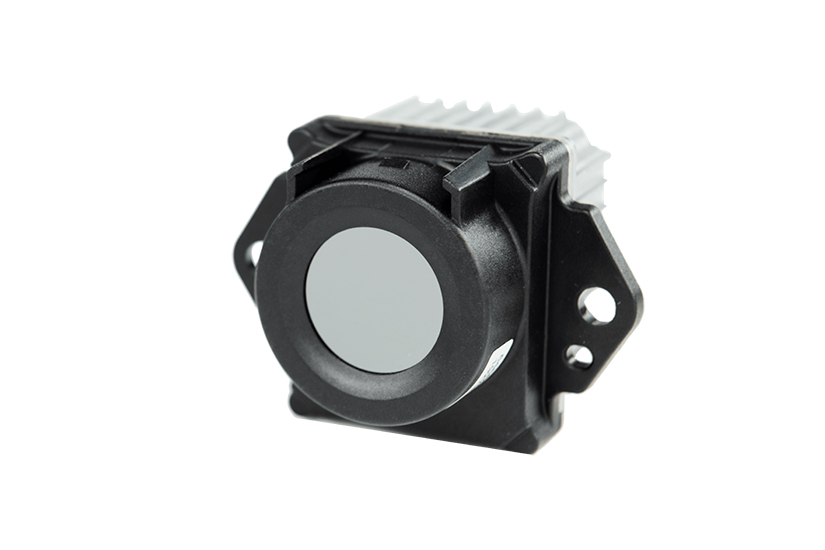
Thermal Camera Gen. 4
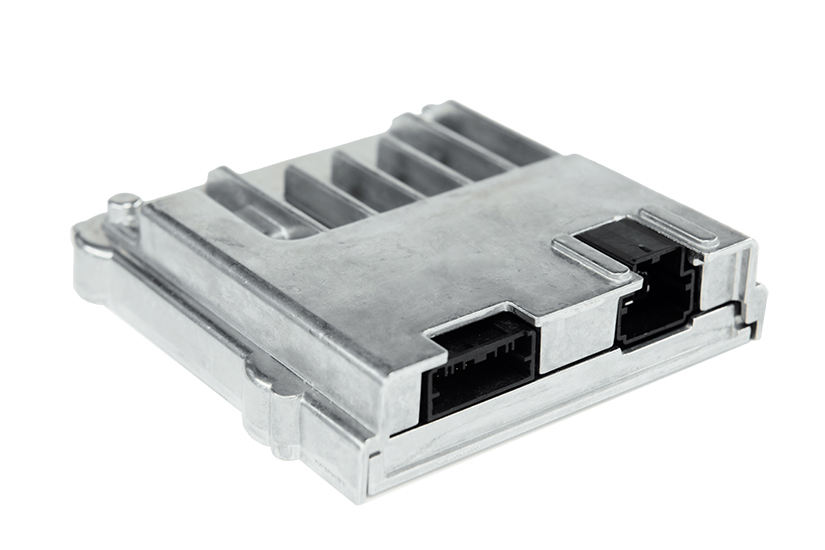
Thermal ECU Gen. 4
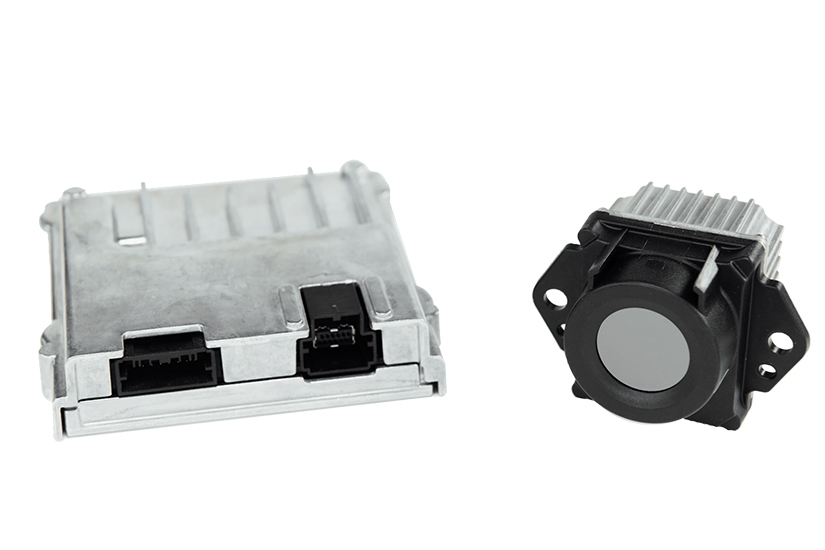
Thermal Camera & Thermal ECU Gen. 4
